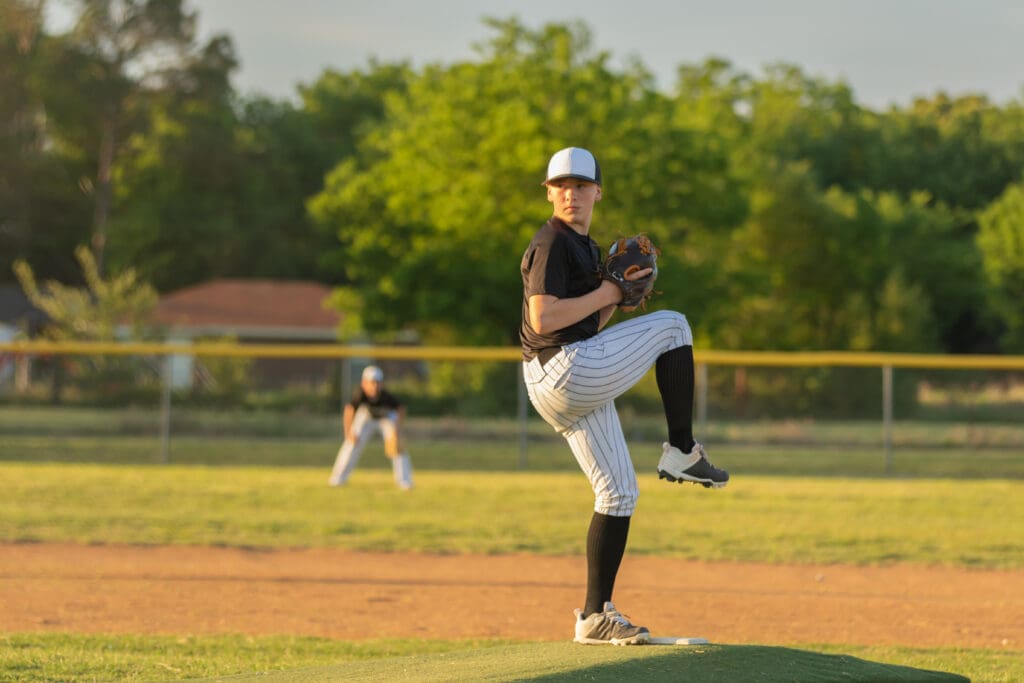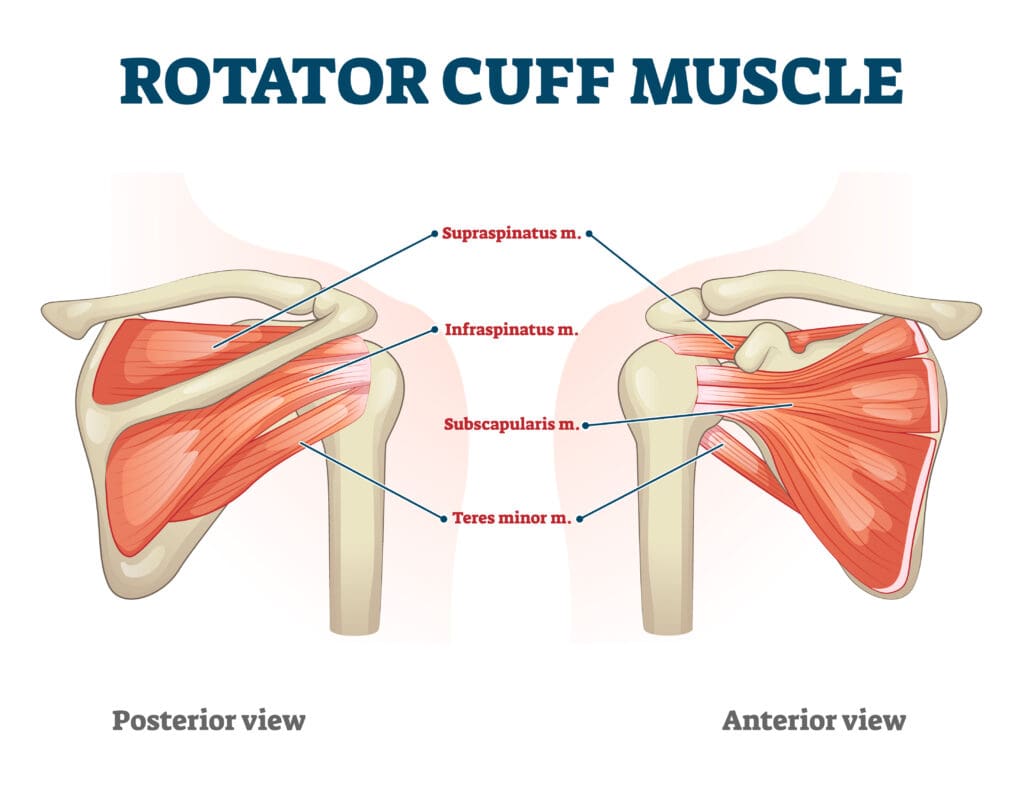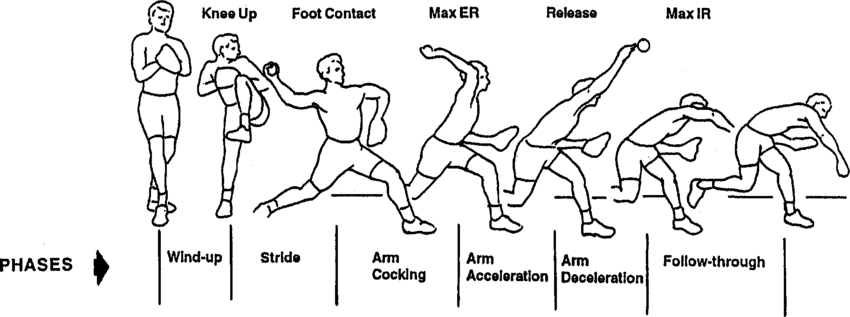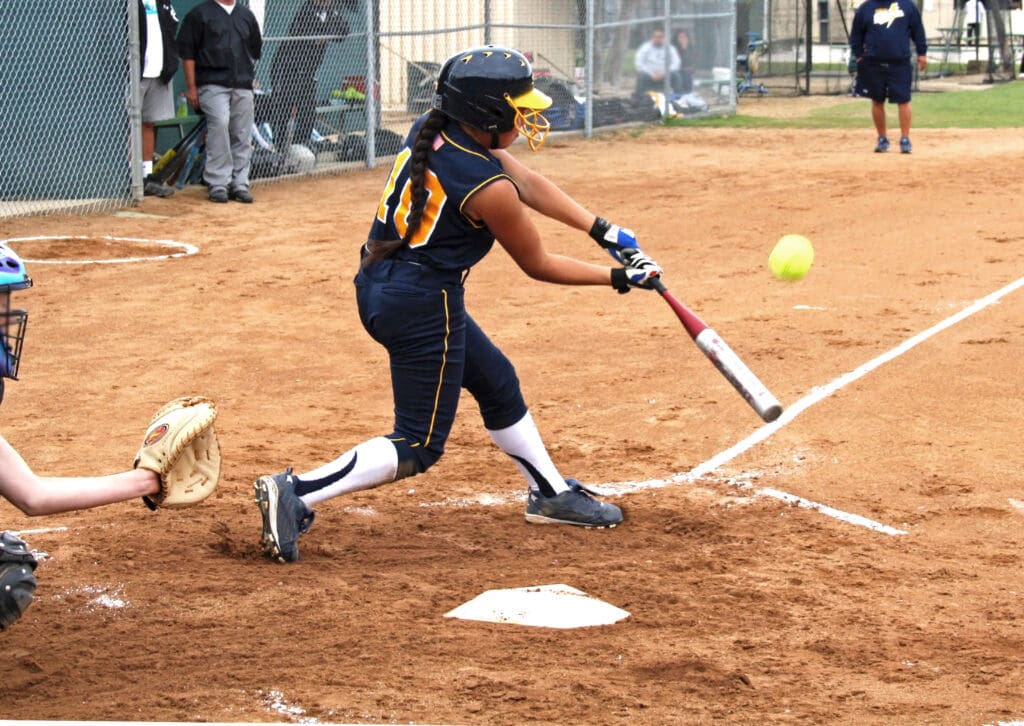Physical Therapist Share: How To Improve Baseball & Softball Performance & Reduce Injury Risk

The birds are chirping, the snow has melted, and the color green has reappeared outside. That can only mean one thing – the start of baseball season!
The MLB season is in full swing, and athletes of all ages are gearing up for the peak of spring baseball and softball season.
Most amateur athletes don’t really know how to improve their performance or avoid injury. Baseball and softball are complicated sports, putting considerable stress on specific areas of the body, such as the elbow and shoulder on the throwing arm. This leads to common injuries such as rotator cuff tears, tendinitis, and more that puts an end to the season, but by doing proper “prehab” exercises, you can reduce your risk of injury.
There are many different skills needed for baseball and softball – throwing, sprinting, hitting, reacting, lateral moving to field a ball – each one requires different skills and should be trained differently.
PTSMC New Milford put together some handy information on the best ways for youth athletes to improve performance and avoid injury.
The Shoulder Girdle
Since the shoulder muscles are so important to both throwing and hitting, let’s start by defining them. The shoulder girdle consists of the bones, tendons, ligaments, and muscles that make up the shoulder. We’re mostly concerned with the muscles supporting the shoulder joint.
The primary muscle group that supports the shoulder joint is the rotator cuff muscles: the supraspinatus, infraspinatus, teres minor, and subscapularis.

Other muscles that form the shoulder girdle include the pectoralis major, pectoralis minor, the deltoids, trapezius, and the serratus anterior.
Throwing and Pitching
Throwing injuries are some of the most common sustained in baseball and softball, as the throwing motion can be tough on the joint. This is particularly true for baseball players, since a softball pitch varies greatly from a baseball pitch. The softball pitch puts more emphasis on lat (latissimus dorsi) strength than the rotator cuff. However, softball athletes still throw frequently during the game. Because the baseball pitch is so tough on the joint, there is a major risk of overuse injuries, which is why there’s so much discussion about pitch count, pitchers playing for multiple teams, and how to ensure pitchers are getting enough rest.

While many might think it’s most important to focus on acceleration, it’s actually more important to focus on deceleration. This is the most active phase for the shoulder girdle muscles as they work eccentrically to decelerate the arm. The more you accelerate, the more you need to decelerate. Poor control during the deceleration phase increases the risk of UCL (elbow) and rotator cuff injuries.
Here are exercises you can do to improve control during the deceleration phase:
- Reverse Throws
- Reverse catch plyometric exercise
- Reverse Fly Exercise
- 90/90 iso ER walkouts with eccentrics
Swinging and Hitting

Hitting a baseball (and hitting it well) is one of the hardest things to do in any sport. There are so many small components of each individual’s swing, including their set-up, stride, swing path, ability to generate power, and more that affect their swing.
Swinging power comes from the hips, but the shoulder girdle and periscapular (serratus anterior, levator scapula, pectoralis minor, rhomboids, and trapezius) muscles are important during the swing. If you think about the starting position vs. the end position of the swing, the shoulder muscles are in completely different positions.
If you’re batting right-handed, your left (forward) arm starts across your body so that your left hand is close to your right shoulder. That puts the shoulder muscles in a lengthened position. As you move through the swing, you contract your shoulder muscles, so they end up in a shortened position. The opposite happens with your right (back) arm. The muscles go from a shortened position to a lengthened position.
It’s extremely beneficial to perform some banded and weighted exercises to assist with muscle activation of the shoulder girdle and periscapular muscle groups. This promotes improved neuromotor control, power, and function during your swing.
- Exercise examples for improving swinging/hitting power:
- Banded shoulder clocks in plank position
- Banded overhead pulses
- 90/90 IR & ER with overhead press (banded or weights)
- ½ kneeling anti-rotation chops/twists
- 90/90 ER & IR PAILs/RAILs for hips and shoulders
- Kettle bell overhead carries with banded perturbations
Running Speed and Power
Running is not unique to baseball and softball, but it’s important to remember the basepath is only 90 feet. Most hitters run as fast as possible from base to base, meaning that they need to generate power and that endurance isn’t as important. The most you’ll ever run at once is around the basepath.
To improve baseball running speed and power, you should focus on strength, flexibility, power, and agility as well as making sure your overall form is top notch.
Functional strengthening exercises to include in your program:
- Bulgarian Split Squat
- Single Leg RDL
Exercises to improve propulsive force and push off, focusing on glute muscles and hip extensors:
- Weighted Deadlift
- Single Leg Hip Thrust
Exercise to improve form by making sure your running mechanics start with good static posture
- Wall lean with knee drive isometric hold
Warming Up and Stretching
A proper warm-up is essential to avoiding injury. The purpose of a warm-up is to improve blood flow and circulation to prepare the muscles for activity, lubricate joints, reduce tension, and improve flexibility. A dynamic warm-up should be sport specific and designed to mimic the activities and movements required for the sport. Doing this will increase power, speed, and agility while decreasing risk of injury.
Static stretching should be down after activity as part of the cool down to help with recovery and flexibility. Static stretching focuses on elongation of the muscle near end range of motion held for 30-60 seconds. Static stretching may worsen performance as it can actually decrease muscle power output and does not provide proper warm up for joints and muscles to prepare for increased activity.
- Dynamic warm up example exercises:
- Forward A-skips
- Side shuffle with arm swing
- Forward lunge with twist
- Walking hip openers
- Walking hamstring sweep
- 90/90 hip switches
- Worlds
- Open book with arm circle
- Deep squat with trunk rotation
- Shoulder CARs
- Prone swimmers

While these exercises can help to improve performance and reduce injury risk, every athlete is different. For more customized programing and a rehab program if injury does occur, give one of our clinics a call!
